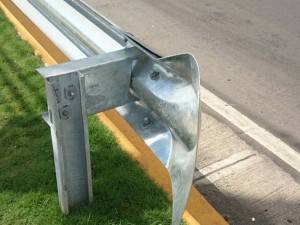Bridge Railing: The Essential Component for Structural Safety
Bridge Railing: The Essential Component for Structural Safety,
bridge railings,
Bridge railings are an integral part of ensuring the safety of both pedestrians and vehicles traversing bridges. They serve multiple purposes, from preventing vehicles from accidentally driving off the bridge to providing a barrier between pedestrians and the edge of the bridge.
Durability and Strength:
Bridge railings are designed to withstand the elements, from wind and snow to rain and ice. They are made from high-quality materials such as stainless steel, galvanized steel, or aluminum, ensuring they remain sturdy and reliable even under duress.
Accessibility and Design:
Bridge railings are also an important consideration for those with disabilities. They need to be designed with ramps or slopes that allow wheelchair access, while still providing the necessary safety barrier. The design should also be pleasing to the eye, enhancing the aesthetics of the bridge rather than detracting from it.
Functionality:
The main function of a bridge railing is to prevent vehicles from accidentally driving off the bridge. This is achieved through a combination of vertical posts and horizontal rails that form a continuous barrier along both sides of the bridge. The posts are usually reinforced with steel cables or chains to provide extra stability and strength.
Customization:
Bridge railings can be customized to fit different bridge designs and sizes. Whether it’s a small footbridge or a large highway crossing, there is a railing system available that can be tailored to meet specific needs. This allows for flexibility in design while still maintaining the essential safety features.
In conclusion, bridge railings are a crucial component in ensuring the safety of bridges. They provide a sturdy barrier between pedestrians and vehicles, preventing accidents and keeping everyone safe. With their durability, accessibility, functionality, and customization options, they are an essential part of any bridge design.



